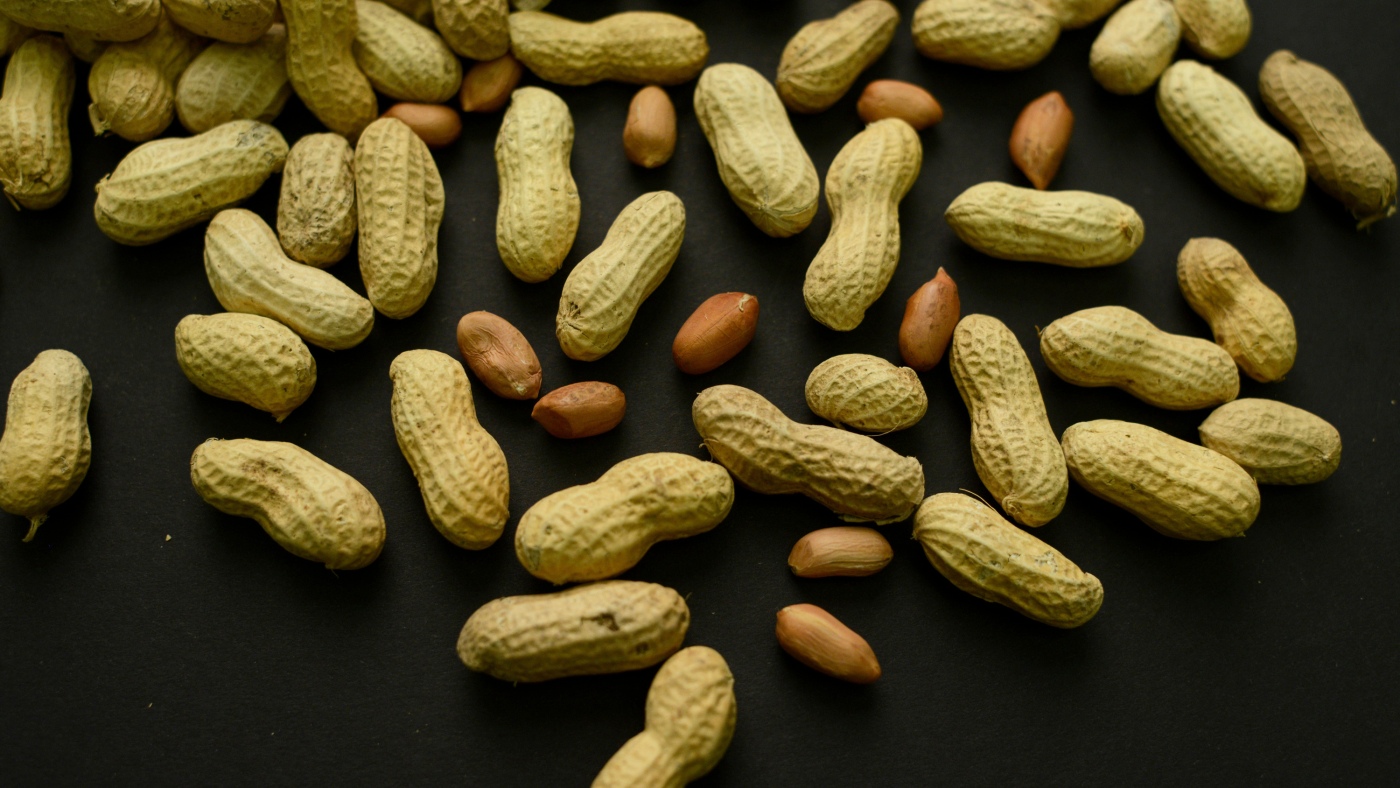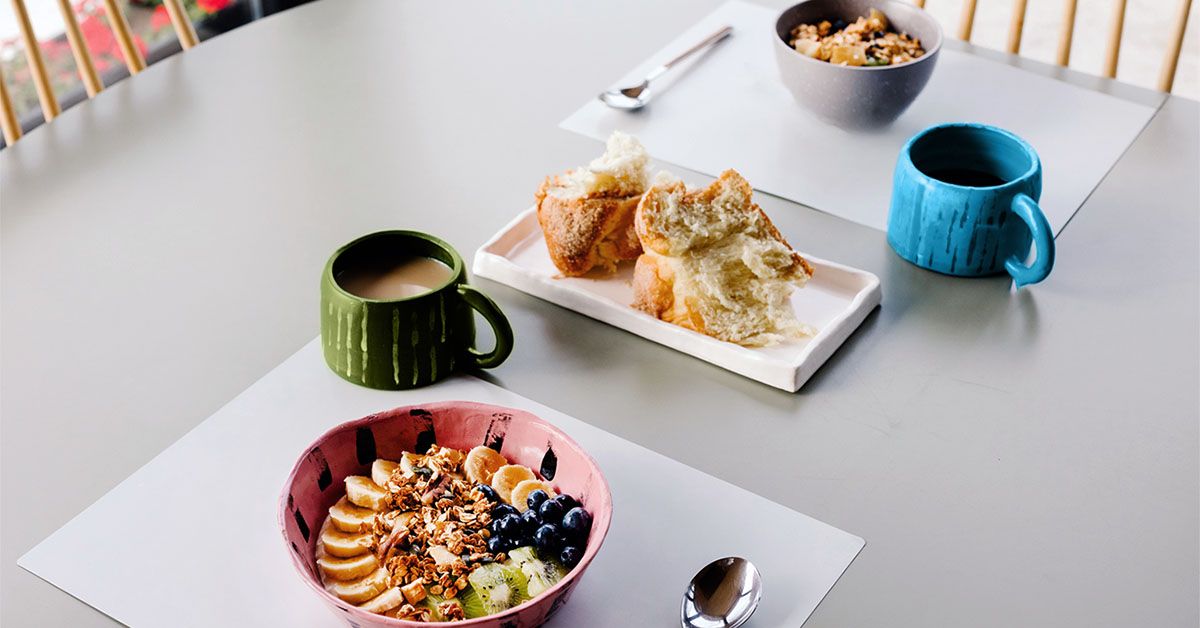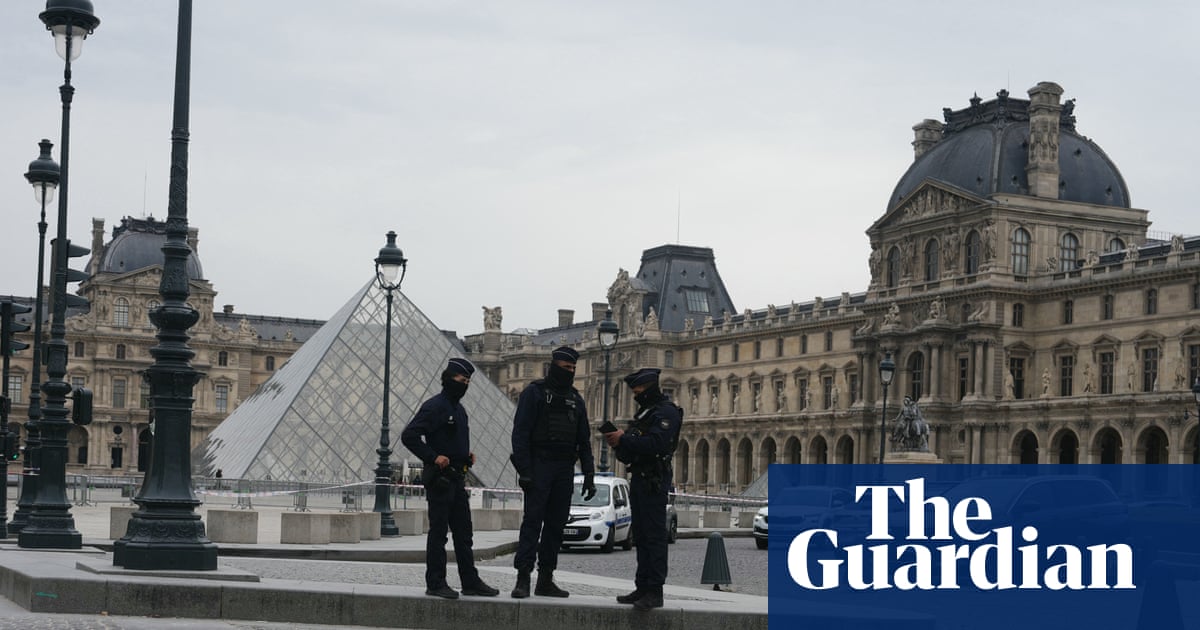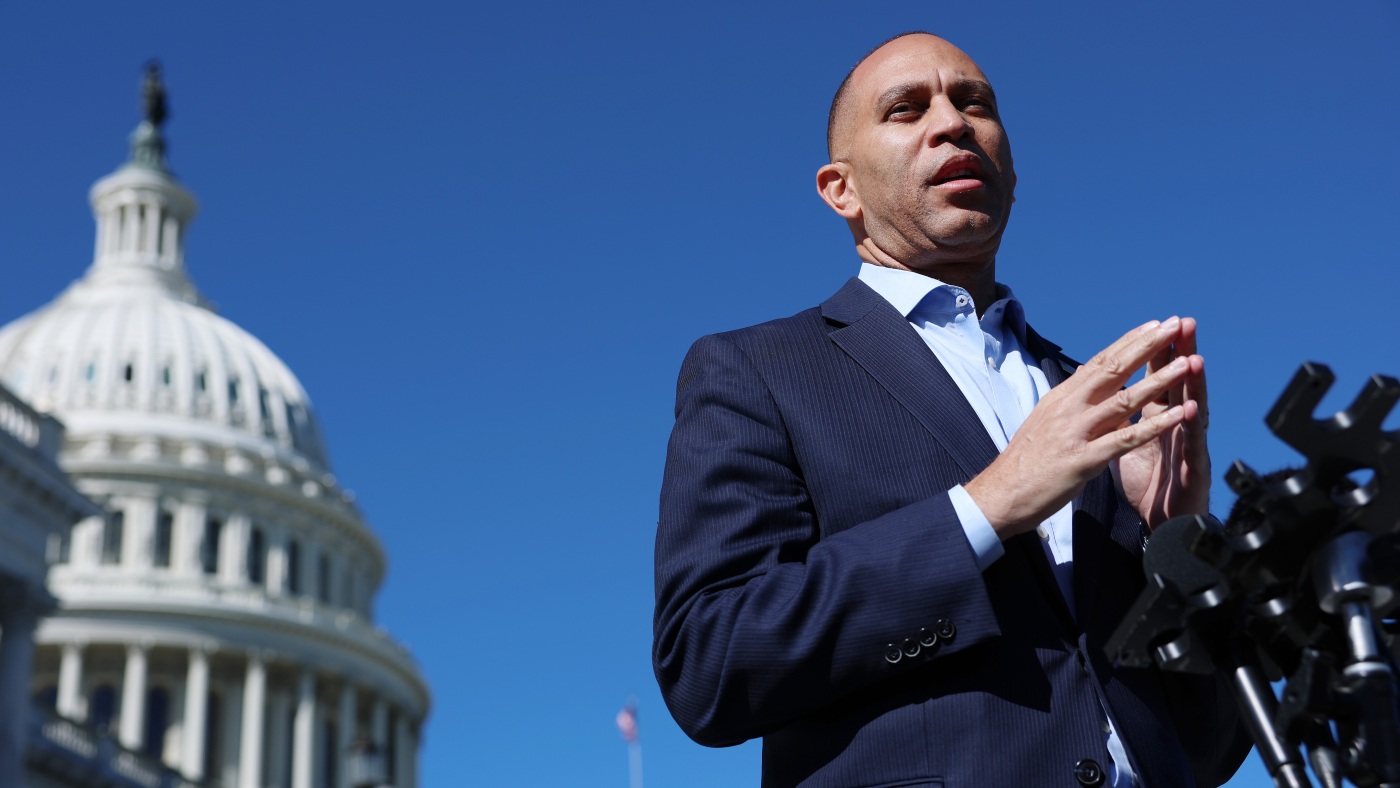The financial loss from France’s most dramatic heist in decades has been put at nearly €90m as the head of the Louvre prepared to face difficult questions over how thieves were able to steal priceless jewellery in broad daylight.
As police continued to search for the criminal gang behind the brazen robbery on Sunday, the Paris prosecutor Laure Beccuau told the broadcaster RTL that the museum’s curator had estimated the losses at about €88m (£76m).
The museum’s president and director, Laurence des Cars, is expected to respond to questions from the parliament’s culture committee on Wednesday afternoon, three days after the seven-minute robbery that targeted France’s crown jewels.
A gang of four thieves forced their way into the Louvre’s Apollo gallery shortly after the museum opened on Sunday morning, using a ladder from a furniture hoist on the street below and making off with eight pieces of Napoleonic jewellery.
It is unclear whether the museum, which shut in the immediate aftermath of the robbery and remained closed on Monday and Tuesday, will reopen on Wednesday.
Des Cars is expected to respond to questions over the speed with which the thieves were able to break through a first-floor window, the quality of the display cases that held the jewellery and the apparent lack of a rapid-response unit to deter the robbers.
Speaking to the national assembly on Tuesday, the culture minister, Rachida Dati, defended the museum and dismissed speculation that the security cameras had not worked properly. “The Louvre museum’s security apparatus did not fail, that is a fact,” she said. “The Louvre museum’s security apparatus worked.”
She added, however, that a portion of the budget for the Louvre’s renovation would now be dedicated to updating its security system, including new CCTV cameras.
The museum also hit back at claims about its outdated security setup. Contrary to some reports, it said, the display cases protecting the stolen Napoleonic jewellery had been installed in 2019 and “represented a considerable improvement in terms of security”.
Paris prosecutors have charged a specialised unit known as the BRB with investigating the crime. The 100-strong force deals with high-profile robberies such as the armed holdup of the reality TV star Kim Kardashian in a Paris hotel in 2016.
Investigators from the Central Office for the Fight against Trafficking in Cultural Property are also expected to be involved.
It is not known how, where or whether the jewels will resurface. Beccuau told RTL: “The wrongdoers who took these gems won’t earn €88m if they had the very bad idea of disassembling these jewels. We can perhaps hope that they’ll think about this and won’t destroy these jewels without rhyme or reason.″
after newsletter promotion
Despite the seemingly well-prepared nature of the heist, detectives have evidence that could help them trace the perpetrators. As well as a yellow hi-vis vest with DNA traces, the robbers left behind a piece of jewellery – a crown that once belonged to Napoleon III’s wife, Empress Eugénie – and police were able to secure motorcycles, a licence plate and the basket case used to access the first-floor gallery.
The French government will not be compensated for the stolen works of art. Those at private museums in Paris, such as the Louis Vuitton Foundation or Pinault Collection, are usually covered by private insurance, a government spokesperson said on Tuesday that in the case of the Louvre “the state acts as its own insurer”.
This took into account the immensely high cost of insurance “when the claims rate is low”, the spokesperson said in comments first reported by the newspaper Le Parisien.
At least four French museums have been robbed in the last two months, according to French media reports, including the Adrien Dubouché National Museum in Limoges, where two Chinese trays and a vase classified as “historical treasures” were stolen overnight in September.
In separate case, a prosecutor announced on Tuesday that a Chinese woman had been arrested and charged over the theft of gold worth more than $1m (£750,000) from Paris’ Natural History Museum on 16 September.
The 24-year-old was arrested in Barcelona on 30 September and handed over to French authorities on 13 October, Beccuau said.
First Appeared on
Source link













